
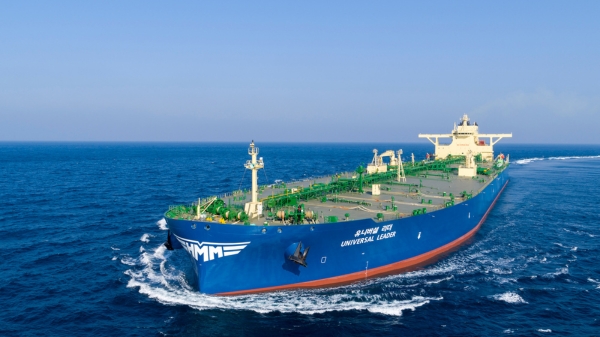
|
HMM orders 12 LNG dual-fuel containerships
13,000 TEU sister ships to be built to run on liquefied natural gas. |
|
|
|
||
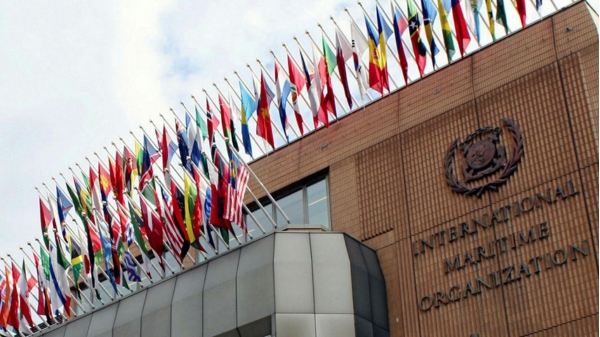
|
US pressure delays IMO Net-Zero Framework vote by one year
Transport & Environment says intimidation tactics postponed adoption of greenhouse gas reduction plan until 2026. |
|
|
|
||
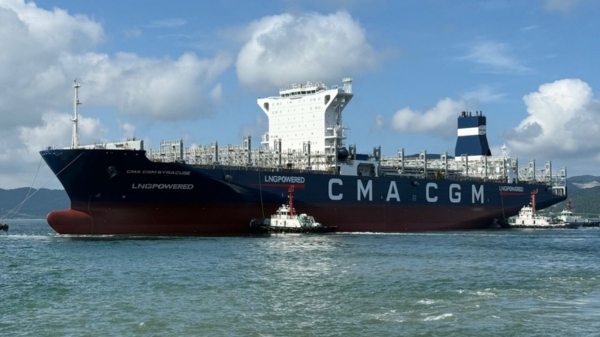
|
CMA CGM adds LNG-powered Syracuse vessel to fleet under French flag
Container ship to operate Pearl River Express service connecting Asia and US West Coast. |
|
|
|
||
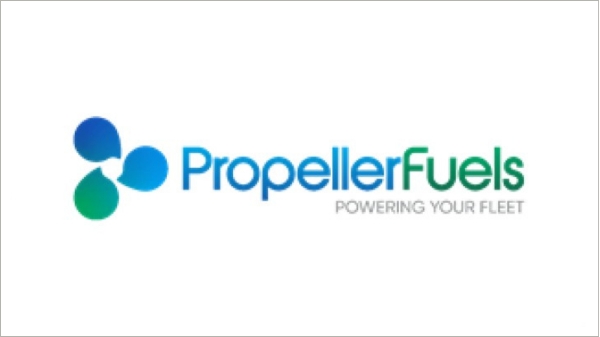
|
Propeller Fuels seeks bunker trader in Athens
UK-based marine fuel supplier recruiting trader/supply trader in Greece. |
|
|
|
||
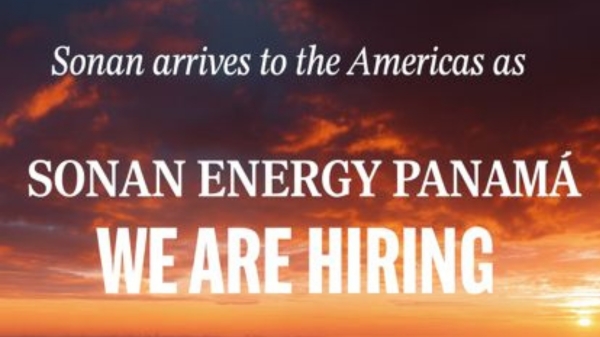
|
Sonan Energy Panama seeks experienced bunker traders for Americas expansion
Bunker firm recruiting sales-driven professionals for new Panama operation. |
|
|
|
||
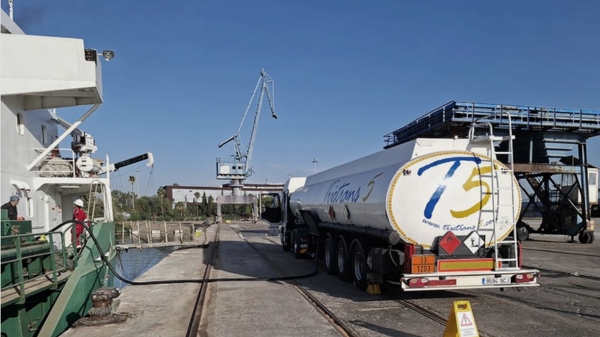
|
Viroque Energy begins physical bunkering operations at Port of Seville
Bunker supplier extends physical presence to seventh Spanish port with first MGO delivery. |
|
|
|
||
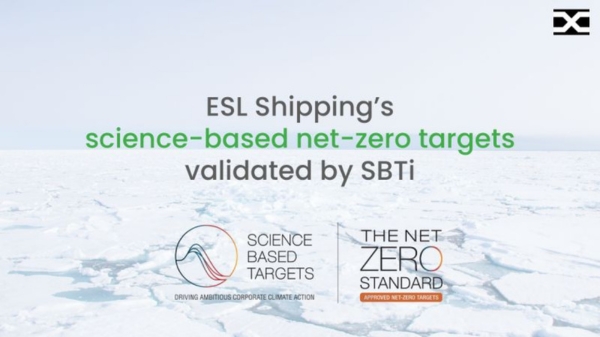
|
ESL Shipping becomes first general cargo firm to secure SBTi validation for net-zero targets
Baltic dry bulk carrier commits to 59.6% emission reduction by 2030, net-zero by 2040. |
|
|
|
||
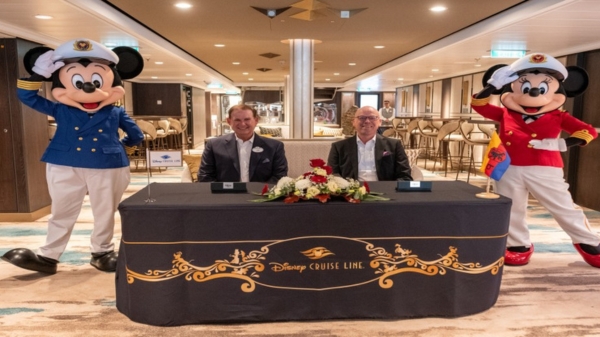
|
Disney takes delivery of LNG-fuelled cruise ship
German shipbuilder hands over sixth vessel built for Disney in long-running partnership. |
|
|
|
||
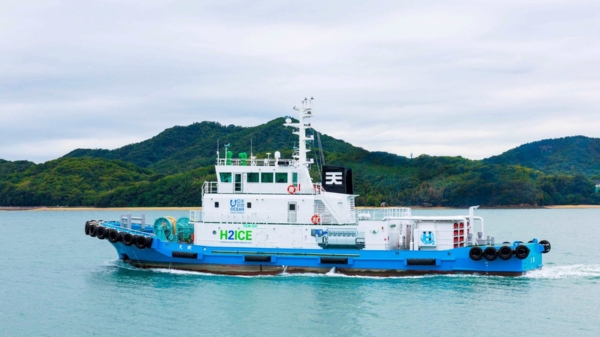
|
Tsuneishi delivers Japan's first hydrogen dual-fuelled tug
TEN-OH tugboat features hydrogen-powered engines and can operate on conventional marine fuel as backup. |
|
|
|
||
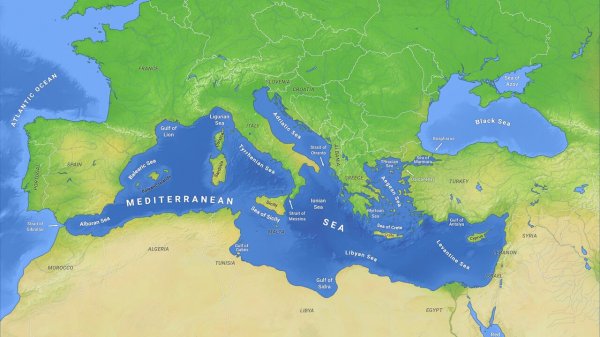
|
Med carbon budget will be exhausted by 2035 without 6% annual emission cuts, study warns
New research shows region needs drastic decarbonisation to meet Paris Agreement targets. |
|
|
|
||
| 'Strong' performance by DNV [News & Insights] |
| LNG set to fuel the future of shipping [News & Insights] |
| DNV to develop LNG bunkering procedures in Antwerp [News & Insights] |
| LNG service aimed at helping owners make 'smart choices' [News & Insights] |